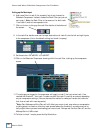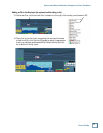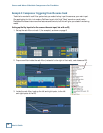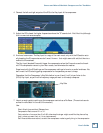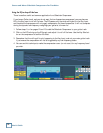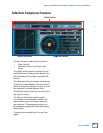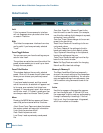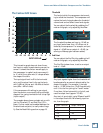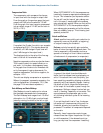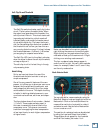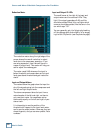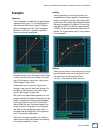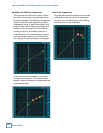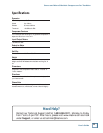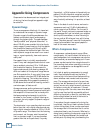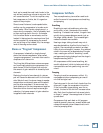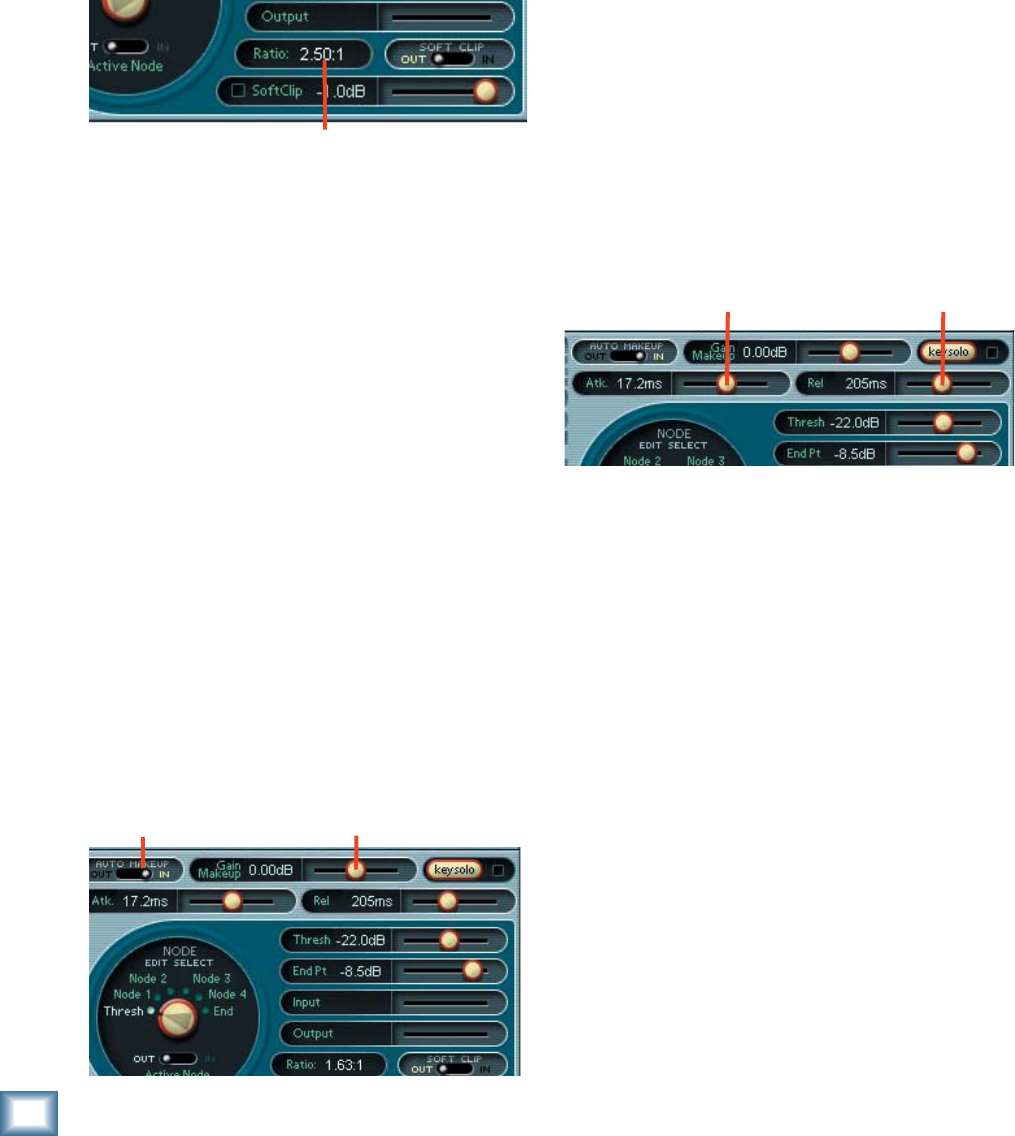
User’s Guide
18
Stereo and Mono Sidechain Compressors for Tracktion
Compression Ratio
The compression ratio compares the change
in input level with the change in output level.
From the graph on the previous page, the input
range from 0 dB to the threshold is –30 dB.
From the graph, this input range is compressed
into an output range of –12 dB, and the ratio is
30/12 (= 2.5/1).
If we select the E node, the ratio in our example
is displayed as 2.50:1. (For signals above the
threshold, a 2.5 dB change in input level will
yield 1 dB change in the output level.)
The displayed ratio is the ratio of the line seg-
ment to the left of the selected node.
Negative compression ratios can also be shown.
This is useful mainly for special effects or re-
pair work. In this case, a node appears lower
in the graph than the one to its immediate left
so its line segment is going downwards. For
negative compression, the ratio is negative, for
example, –2.5:1.
The ratio can display compression or expansion.
When a line segment represents expansion, the
ratio is displayed as, for example, 1:2.5. (See
the page 21 for more about expansion.)
Gain Makeup and Auto Makeup
Gain Makeup is used to make up for volume
that has been decreased due to compression.
The Gain Makeup level ranges from –15 dB of
attenuation, to +15 dB of gain, and can be ad-
justed by moving the slider to the left or right .
When AUTO MAKEUP is IN, the compressor au-
tomatically chooses an appropriate makeup gain
for you. This is based on your dynamics contour.
You can still use the ‘manual’ gain makeup con-
trol in this case. It merely adds to the makeup
gain automatically applied. When you fi rst set the
AUTO MAKEUP to IN, the compressor adjusts
your makeup gain parameter so that the volume
does not suddenly jump up. This is hearing (and
speaker) protection!
Attack and Release
Attack specifi es how quickly gain reduction (or
expansion) occurs at the attack, or beginning,
of a signal crossing the threshold.
Release controls how quickly gain reduction
backs off when the signal drops back down. The
time is measured in milliseconds, and corre-
sponds to the length of time it takes to achieve
a fi xed amount of compression (or expansion).
In general, the attack time should be much
faster than the release time to get pleasing re-
sults. If the attack time is set too quickly, you
hear something resembling clipping on attacks,
especially with low-frequency signals. Leaving
the attack a little bit longer also allows more
of the ‘snap’ of the attacks to pass through the
compressor. Setting a release time too fast can
result in ‘buzzing’, especially on low notes. This
occurs because the compressor gain is actu-
ally following individual cycles of the incoming
waveform.
If you set the attack time to 0 ms, the dynam-
ics section will compress everything over the
threshold, allowing no transients through un-
processed. The amount of compression depends
on the ratio.
Generally, lower frequencies require longer
release times than higher frequencies. For high-
or mid-frequencies, if the release time is too
long, you may hear the compressor ‘breathing’.



